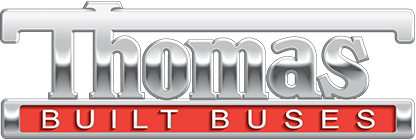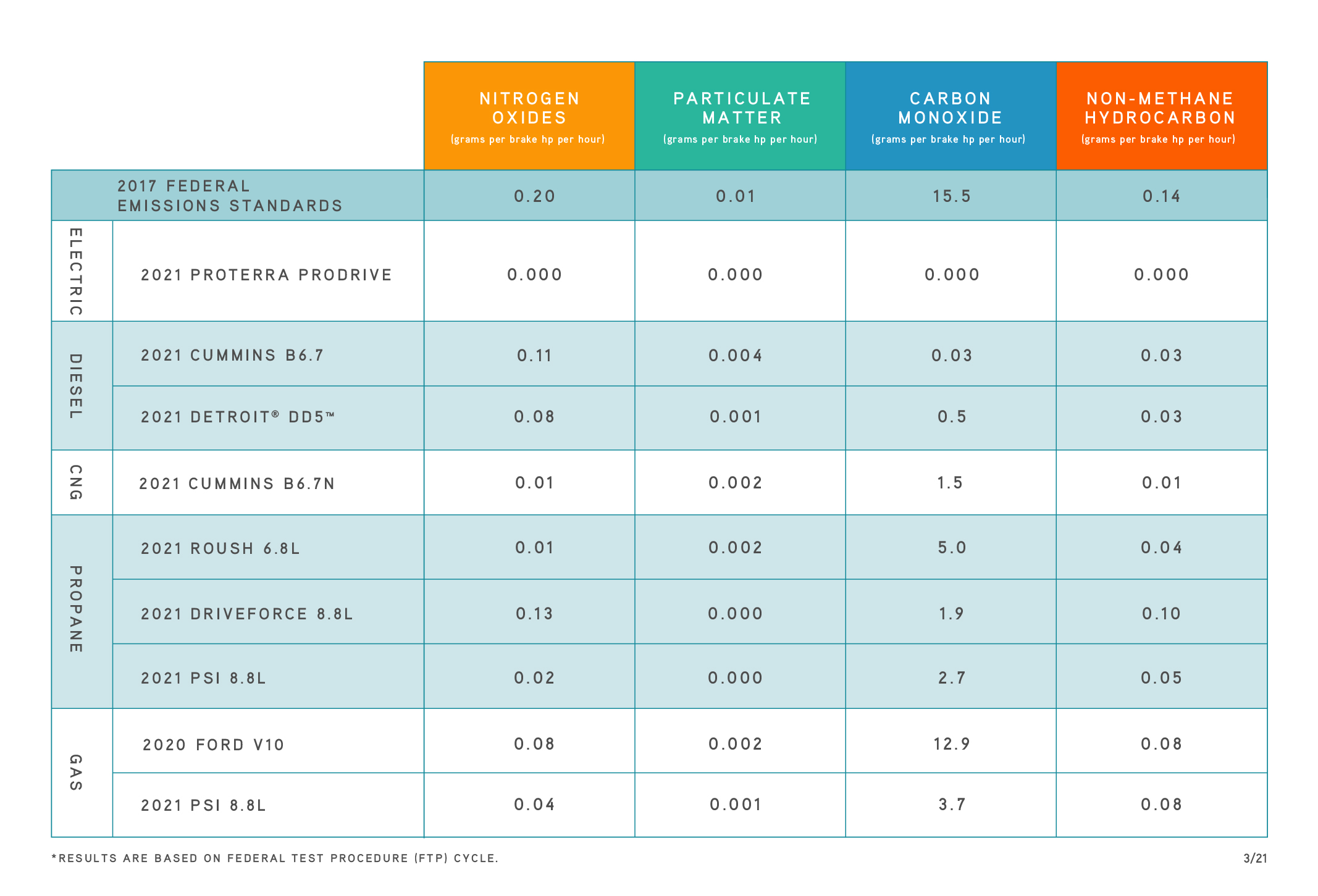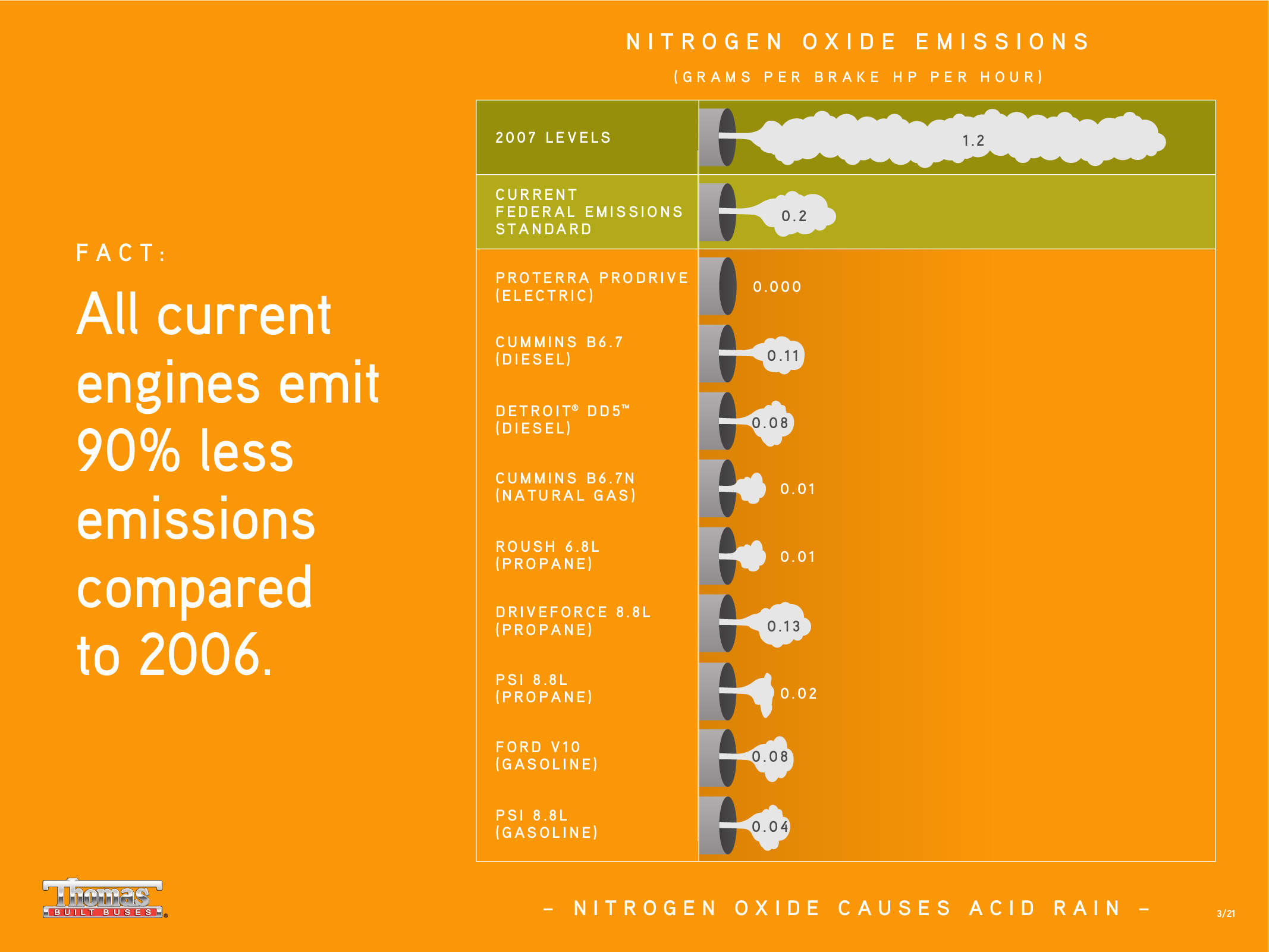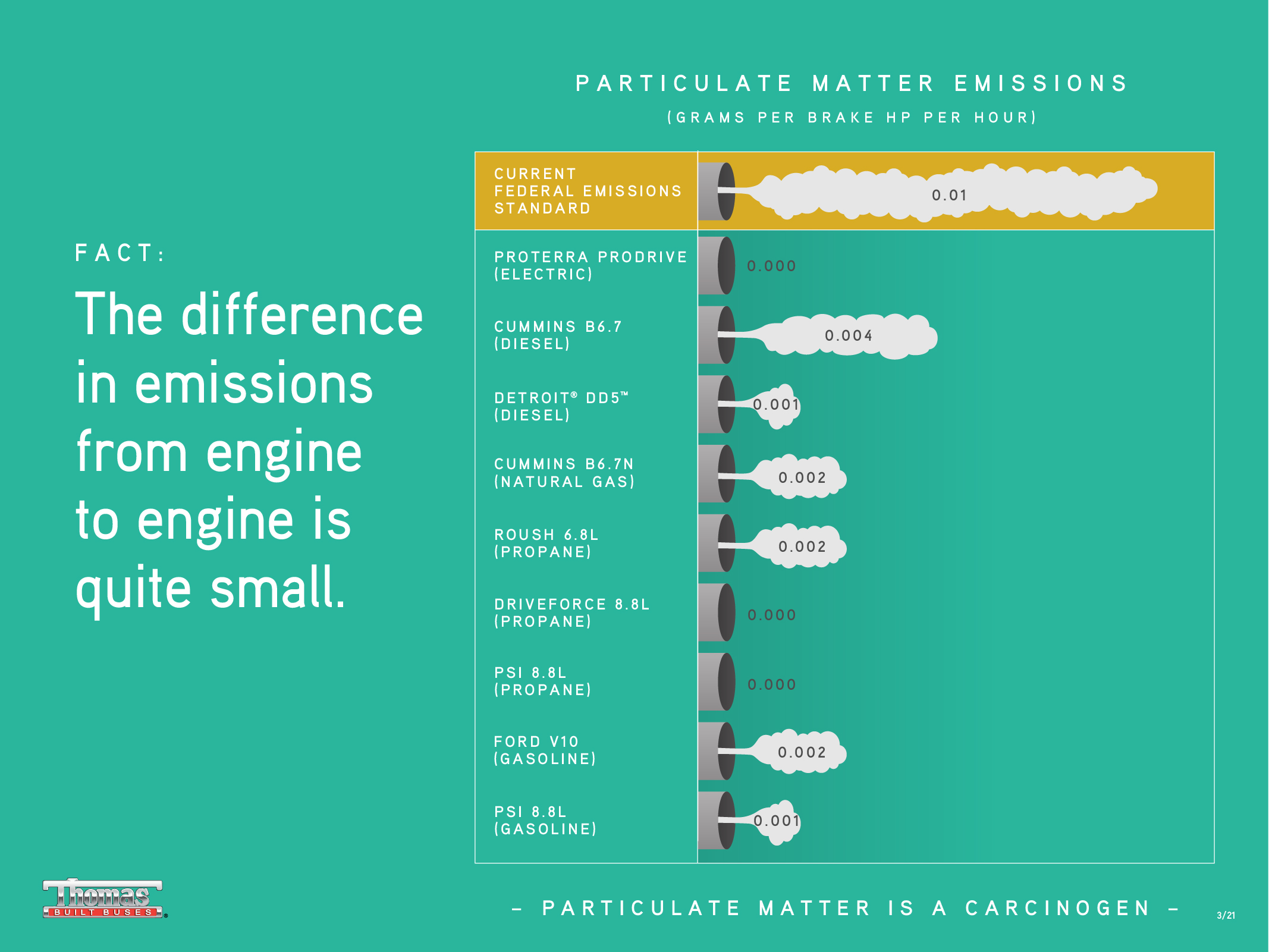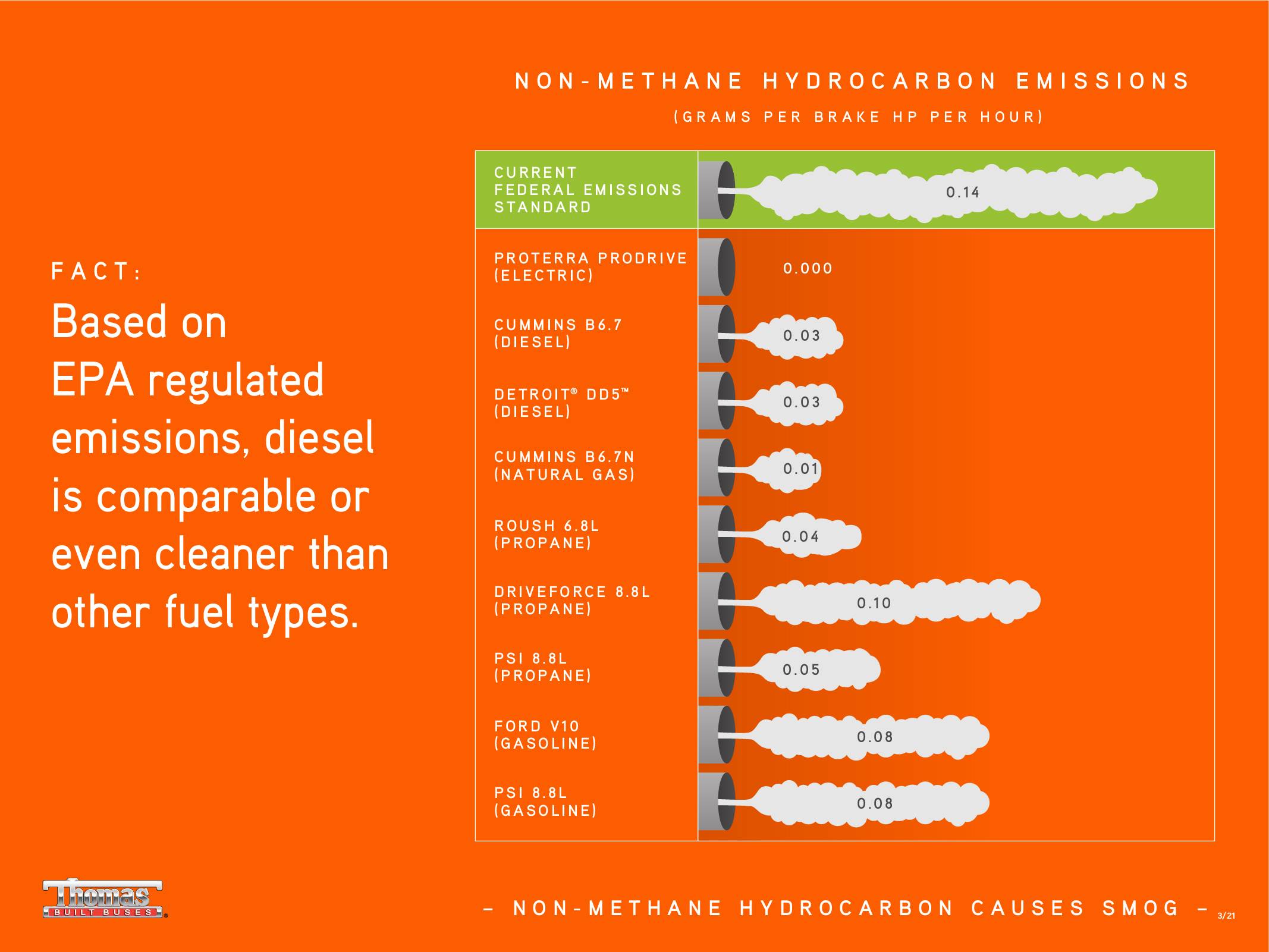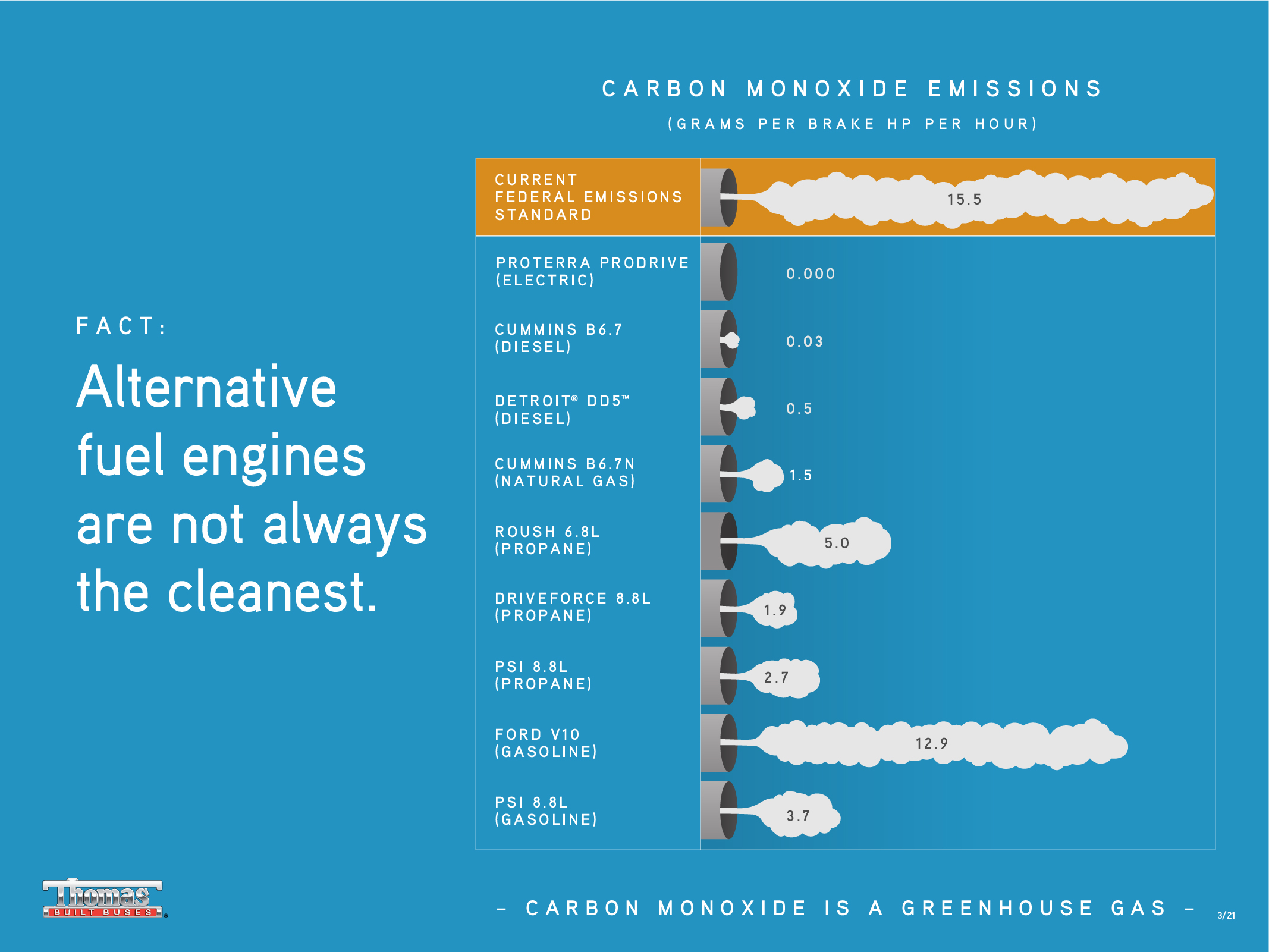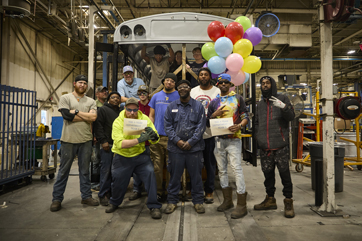
A behind-the-scenes look at our historic celebration and transition of the Type D legacy
It isn’t every day you get to celebrate a major milestone, so we’ve captured the iconic plant transition of our Type D production and commemorated the milestone in a video celebration. Chronicling the final steps of the last Type D bus to roll off the historic assembly line, the video features…
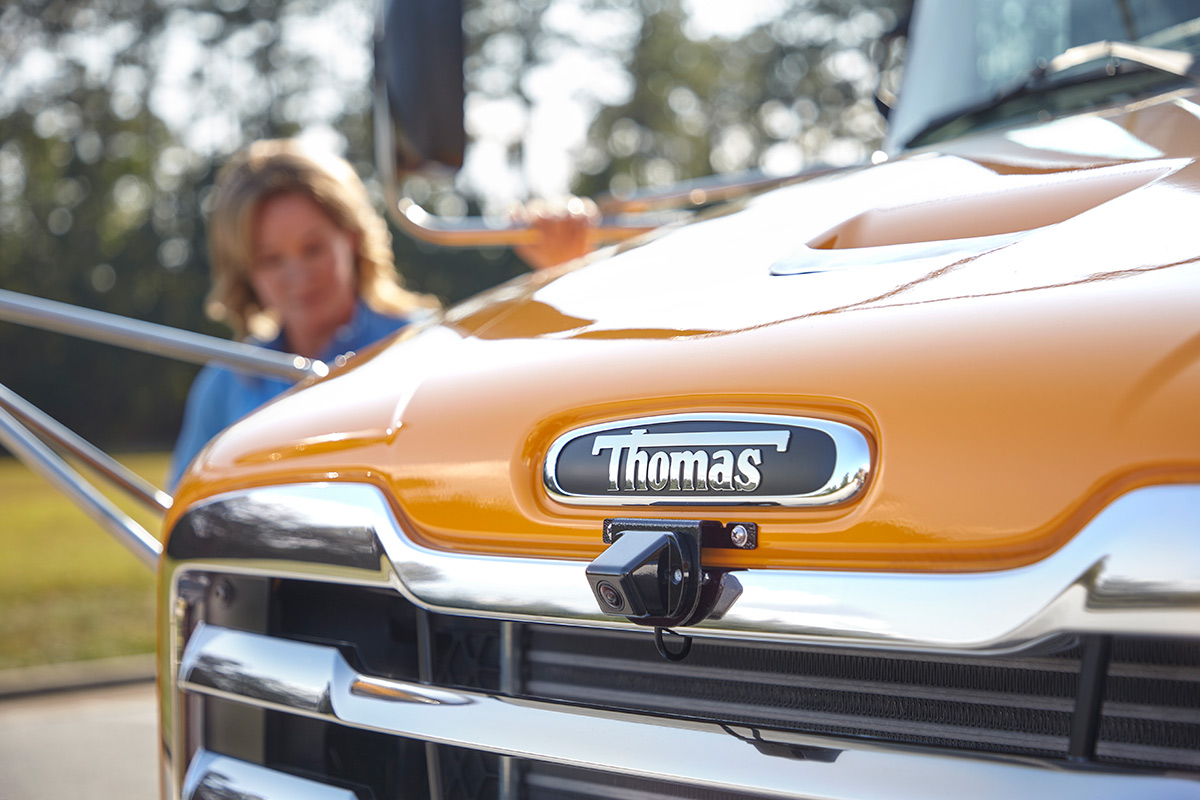
At Thomas Built Buses, we view safety as a journey, not a destination. Safety is at the core of everything we do—from our manufacturing processes to our testing protocols and focus on continuous innovation. It is more than just a feature; it’s an interconnected facet of all our operations.
Let’s look at how this commitment to safety is woven into every phase of our process, from…

What makes the electric Saf-T-Liner C2 Jouley school bus an excellent vehicle for today and the future? Our free Electric School Bus Curriculum answers this and more.
Today’s students are increasingly interested in electric vehicles and environmentally smart transportation options. This dynamic, professionally designed curriculum provides teachers with tools and lessons to increase…

In today’s rapidly evolving industrial landscape, sustainability has become a global focus. But what does that even mean? For Thomas Built Buses, it’s about defining our commitment to our organization, our industry and the communities we serve. While our electric school bus, the Saf-T-Liner® C2 Jouley®, and its many milestones (including the recent delivery of our 1,000th) often come to…
Clean-diesel school bus engines today are now comparable to or even clean than alternative-fuel engines.
New federal emissions standards ratings released in 2017 for school bus engines reveal that all fuels, including clean-diesel, are now much cleaner with emissions falling well below EPA emissions standards. In fact, new clean-diesel engines are now comparable to or even cleaner than alternative-fuel engines.
This is good news for school districts who are seeking cleaner fuels for their aging school bus fleet. Over the years, school bus engine manufacturers have been refining engine technology to meet increasingly lower EPA emissions standards. With these new engine innovations and cleaner fuel overall, switching to buses with newer clean-diesel engines is now comparable to switching to buses with alternative-fuel engines.
“When you want to determine how green an engine is, the best way to gauge its cleanliness is by looking at its EPA rating,” said Caley Edgerly, president and CEO of Thomas Built Buses, the leading manufacturer of school buses in North America. “Maybe not so surprising to some, all fuel types, including clean-diesel, CNG, propane and gasoline, are certified as ‘clean fuels’ and meet or exceed federal emissions standards. In some instances, clean-diesel engines, which are 90 percent cleaner than they were in 2006, actually have lower emissions than some alternative-fuel engines. The proof is in the numbers.”
Driven by tougher EPA emissions standards, today’s clean-diesel is composed of an ultra-low sulfur formula, which became standard in the United States in 2010. This new clean-diesel formula is estimated to remove 2.6 million tons of nitrogen oxide from the air per year and reduce soot and particulate matter by 110,000 tons per year. Breaking this down to a per-bus standard, clean-diesel today now emits no more than .2 grams per brake horsepower per hour of nitrogen oxides and .01 grams per brake horsepower per hour of particulate matter, which is a dramatic decrease from years past.
All engine manufacturers must share the EPA emissions ratings for their engines based on Federal Test Procedure (FTP) cycles. A deeper dive in the publicly shared 2017 emissions rating data reveals the true picture for all fuel types.
Nitrogen Oxide (NOx) Emissions – Nitrogen oxide levels, the main cause of acid rain, have dramatically declined in engines since 2007, decreasing from 1.2 grams per brake horsepower per hour to less than .2 grams per brake horsepower per hour. Today, all engines exceed federal emissions standards for NOx emissions and are fairly comparable to one another in NOx emissions ratings. Across the board, all 2017 engines have NOx levels ranging from .05 to .16 grams per brake horsepower per hour.
Particulate Matter (PM) – Particulate matter is a key concern for many schools because it is known to be a carcinogen. However, across the board, the particulate matter emissions for all engines fall well below the federal emissions standards and are so minute that each engine’s rating varies only at the ten-thousandths level, meaning the difference between each engine type for PM rating is extremely small, almost negligible. While the federal emissions standard is .01 grams per brake horsepower per hour, the engine that emits the most PM (a propane engine) still only emits 30 percent of the total federal emissions standard while the new Detroit™ DD5™ clean-diesel engine only emits 10 percent of the total federal emissions standards.
Carbon Monoxide (CO) and Non-methane Hydrocarbon (NMHC) Emissions – While still rated well below federal emissions standards, some alternatively-fueled engines actually emit more CO and NMHC emissions than clean-diesel fuel. For NMHC emissions, which causes smog, and CO, a greenhouse gas, propane and gasoline engines actually emit far more emissions than other types of engines, up to six times more NMHC and 645 times more CO.
“The fact that all fuel types are now cleaner and comparable to one another in terms of emissions is great news for fleets and fleet managers who are feeling the pressure to decrease their emissions,” said Edgerly. “Now, instead of focusing just on emissions data, school districts can go back to focusing on engine efficiency, reliability, maintenance and total cost of ownership when choosing an engine.”
To learn more about the many benefits of the new clean-diesel, visit our Facts About Fuels page.
